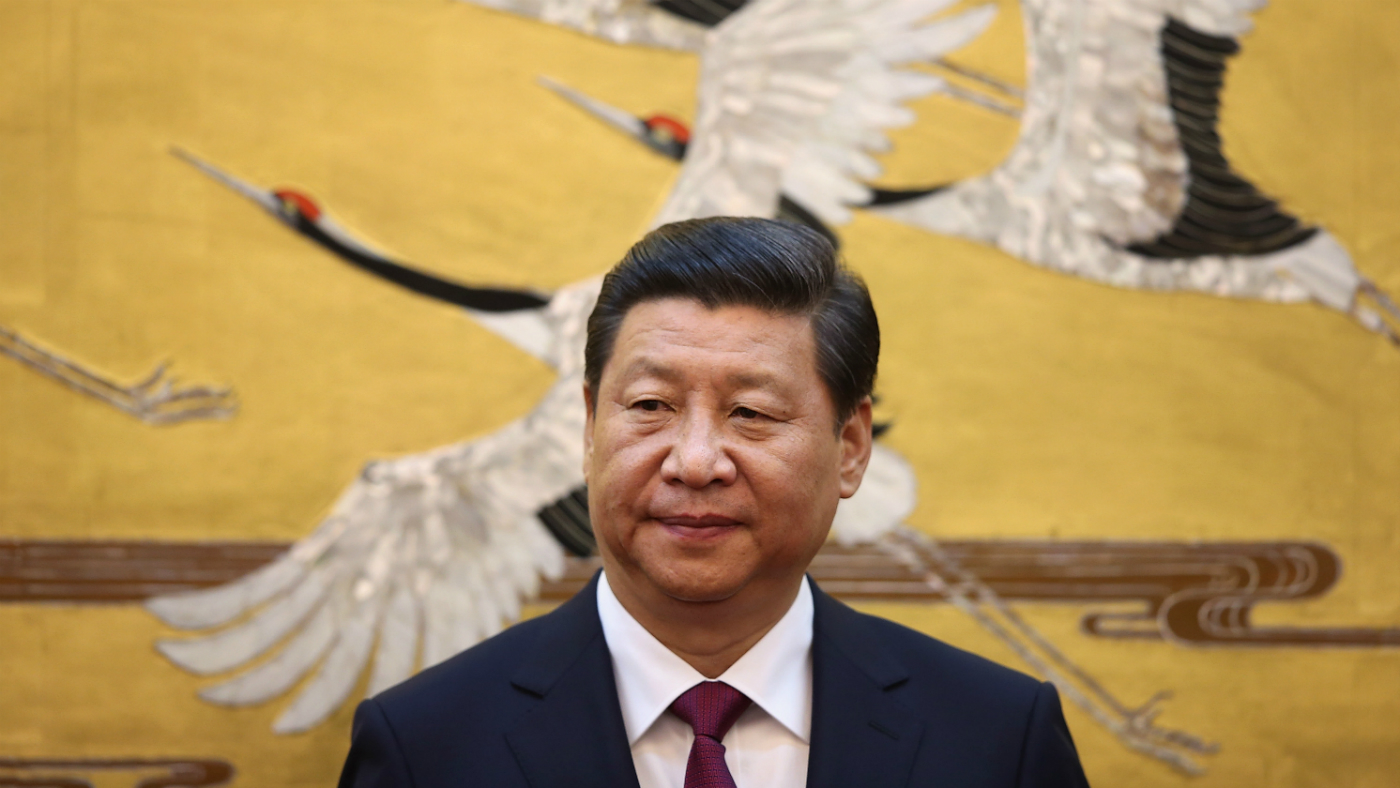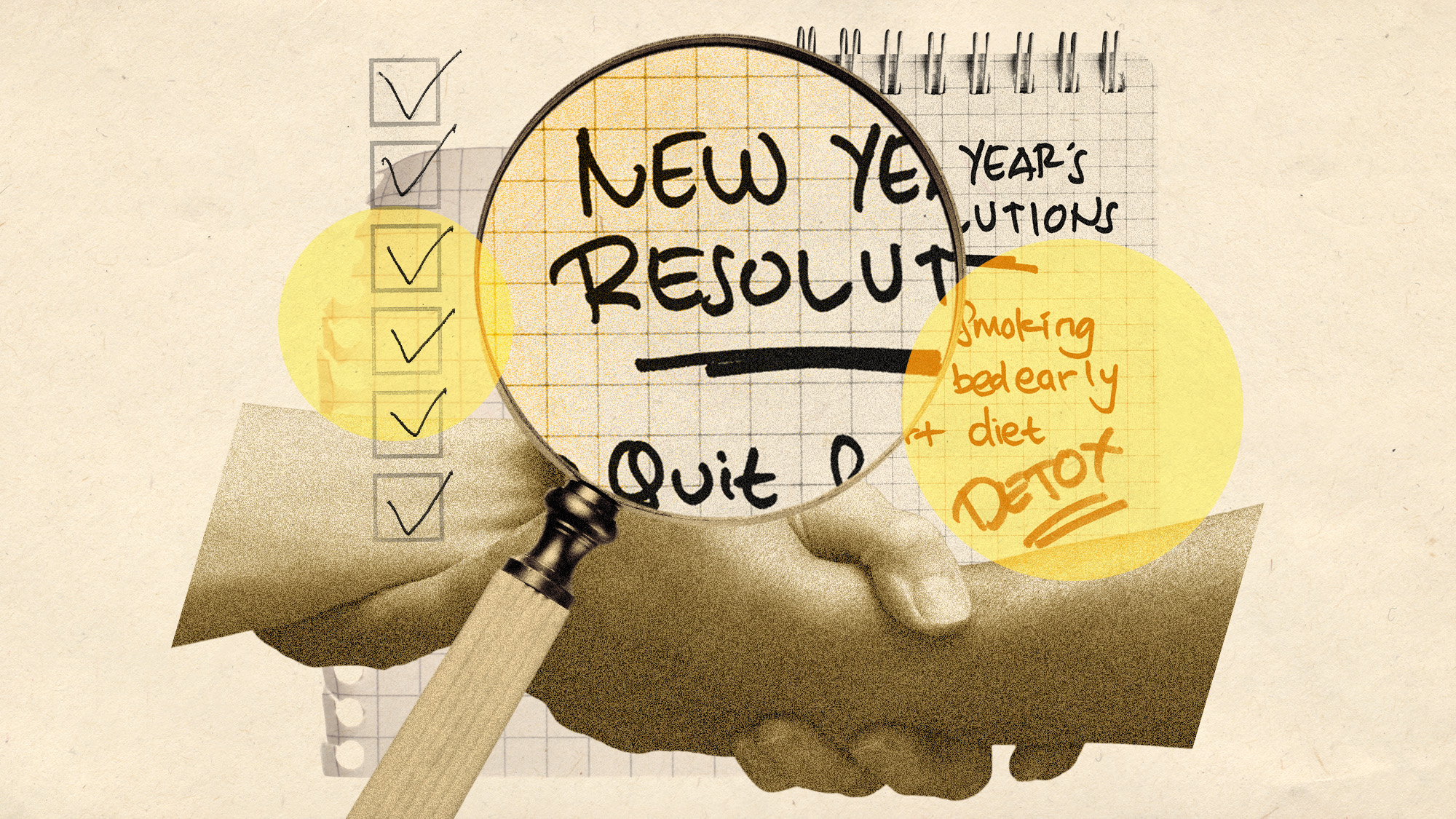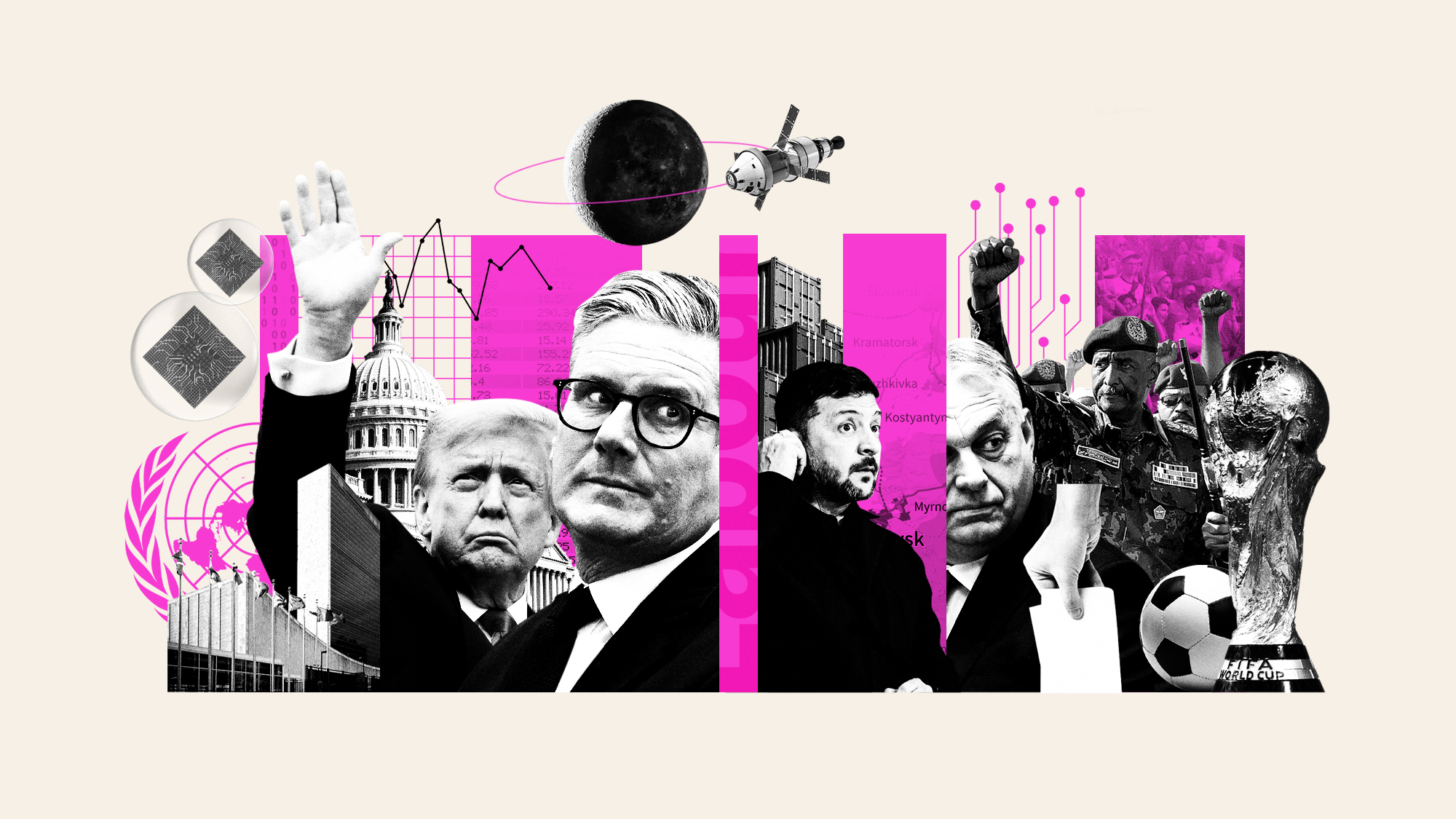Is China's 'dangerous' debt a risk to global growth?
IMF warns that massive borrowing could lead to financial crisis

China's rapid accumulation of debt to fund its stellar growth in recent years has been branded "dangerous" by the International Monetary Fund (IMF).
It's the latest warning from experts about what "economists have called the greatest example of monetary easing in history", says the Financial Times.
If the warnings are correct, they could have dire consequences for growth in the global economy.
The Week
Escape your echo chamber. Get the facts behind the news, plus analysis from multiple perspectives.

Sign up for The Week's Free Newsletters
From our morning news briefing to a weekly Good News Newsletter, get the best of The Week delivered directly to your inbox.
From our morning news briefing to a weekly Good News Newsletter, get the best of The Week delivered directly to your inbox.
"With many of the advanced economies of the west struggling in the years since the financial crisis... China has acted as the growth engine of the global economy," says The Guardian.
The country has accounted for "more than half the increase in world GDP in recent years". It's in large part because it has beaten forecasts this year that the global economy as a whole has not slowed down, the IMF said last month.
In its latest "health check" on the world's second-largest economy, the fund upgraded growth forecasts for this year from 6.2 per cent to 6.7 per cent – and the forecast average over the next three years from six per cent to 6.4 per cent.
But it says this growth is coming at a cost.
A free daily email with the biggest news stories of the day – and the best features from TheWeek.com
Debt bubble that could end badly
The IMF says more rapid expansion is in line with the Chinese government's pledge to double the size of the economy between 2010 and 2020.
But it says the authorities are determined to do "what it takes" to achieve this and have "tolerated a massive run-up of debt in order to meet its target", says the FT.
It now reckons non-financial sector debt will reach close to 300 per cent of the output of the country's economy by 2022, up from a previous prediction that the ratio would flatten out at around 270 per cent.
Debt is currently thought to be around two-and-half times the size of the economy. Some analysts, like the Institute of International Finance, calculate that it has already surpassed 300 per cent of the economy.
According to the IMF, history suggests this scale of debt and the speed at which it has accumulated – total debt has ballooned from around $6trn (£4.6trn) in 2008 to $28trn (£22trn) now – will end badly.
"International experience suggests that China's current credit trajectory is dangerous with increasing risks of a disruptive adjustment."
Not as bad as it seems
There's more to the China debt mountain than meets the eye.
First, China's government doesn't owe all that much compared to other countries. Government debt amounted to about 22 per cent of GDP in 2015, says Bloomberg, compared with closer to 90 per cent for the UK government last year.
That's because when China decided to inject massive stimulus into the economy to combat a slowdown in export orders after the crash that threatened factories and jobs, it "chose to fund [this] via loans from its state banking system", says Reuters.
In short, "state-controlled banks loaned funds to state-controlled firms".
Local governments also borrowed heavily to fund infrastructure projects, but they did so through complex financing vehicles within what's referred to as the country's "shadow banking" sector to avoid constraints on their debt levels.
The net result of all this is that Chinese companies owe an eye-watering amount (about 165 per cent of GDP) as do local authorities, but they owe it to banks who have the same parent: the state.
Lack of sustainability
That doesn't mean the debt isn't a problem. In fact in some respects it may be making the issue worse by enabling the government to keep kicking the can down the road.
The IMF points out that Chinese debt is already less efficient at generating growth.
The Economist says that "roughly two-fifths of new debt is swallowed by interest on existing loans" and that it now takes four yuan of debt to generate every yuan of growth, up from one yuan just before the financial crisis.
So there's a limit to how much good more borrowing can do. Then there's the rise of bad loans as companies struggle to meet repayments.
In 2014, 16 per cent of Chinese firms paid out more in interest on debt than they earned. Last year the number of listed companies with "unhealthy" debt ratios (or that are loss making) had nearly doubled since 2008. The value of non-performing loans on bank balance sheets had tripled.
Even if the government can contain the crisis to stop China experiencing a 2008-style meltdown, if this debt isn't put on a more sustainable footing it will eventually require intervention and could prompt an economic adjustment that will hit growth.
Need for new growth drivers
The IMF clearly believes the consequences of this could be profound.
The Economist warns that "when the debt cycle turns, both asset prices and the real economy will be in for a shock". Companies and employment could take a major blow and the asset bubble in property could burst, adding to the pressure on banks.
As debt is already high and its impact waning the ability for China to respond to a crisis is limited, says the IMF.
But some think the Chinese government still has plenty of scope for sorting things out.
Among them is the Chinese government itself, which has dismissed the IMF assessment, saying its growth is based on economic "rebalancing".
Bloomberg says that Chinese banks have hefty deposits and Chinese companies have huge asset bases, also owned by the state. So the government's in a good position to cover losses if needed, with time to adjust.
But adjust it must. This means working out how to "tame its rampant credit growth and help create new growth drivers".
-
 Why are micro-resolutions more likely to stick?
Why are micro-resolutions more likely to stick?In the Spotlight These smaller, achievable goals could be the key to building lasting habits
-
 What will happen in 2026? Predictions and events
What will happen in 2026? Predictions and eventsIn Depth The new year could bring peace in Ukraine or war in Venezuela, as Donald Trump prepares to host a highly politicised World Cup and Nasa returns to the Moon
-
 Why is Trump’s alleged strike on Venezuela shrouded in so much secrecy?
Why is Trump’s alleged strike on Venezuela shrouded in so much secrecy?TODAY'S BIG QUESTION Trump’s comments have raised more questions than answers about what his administration is doing in the Southern Hemisphere